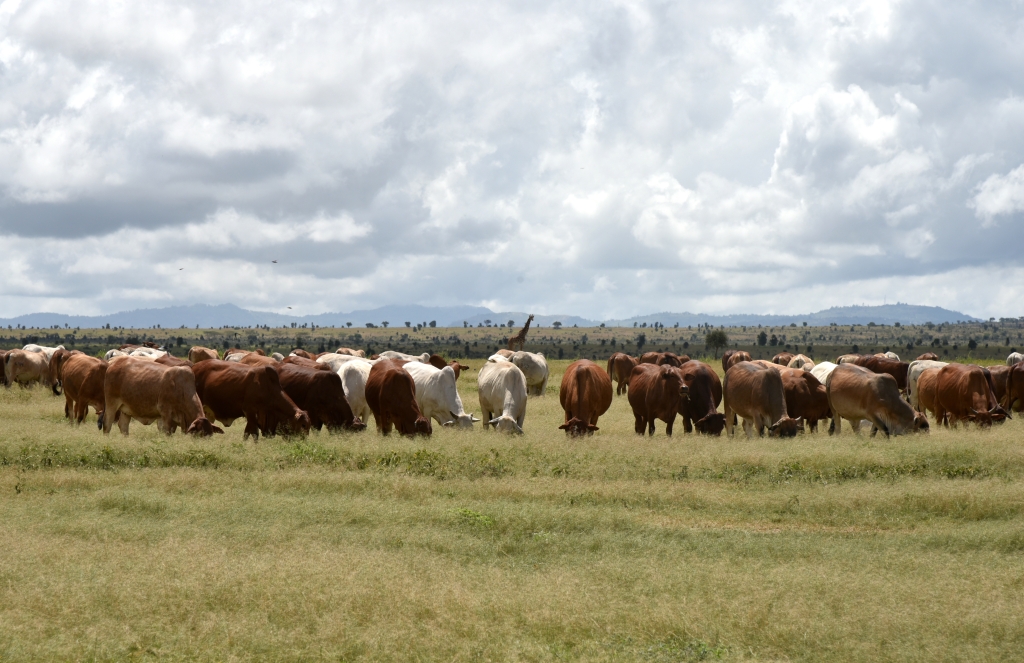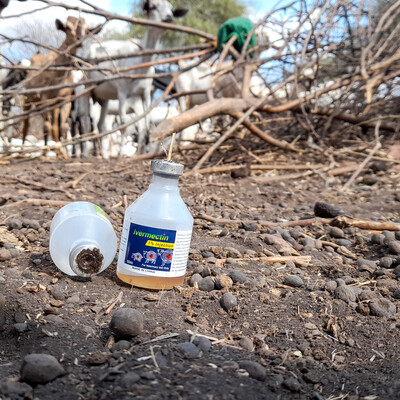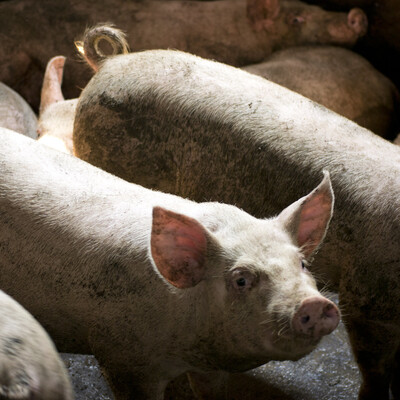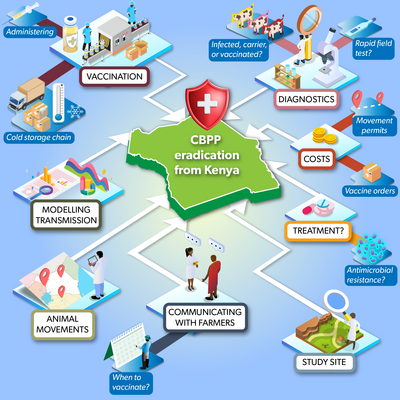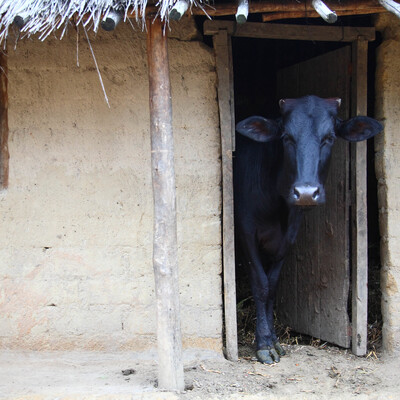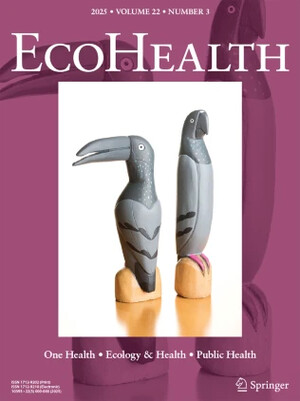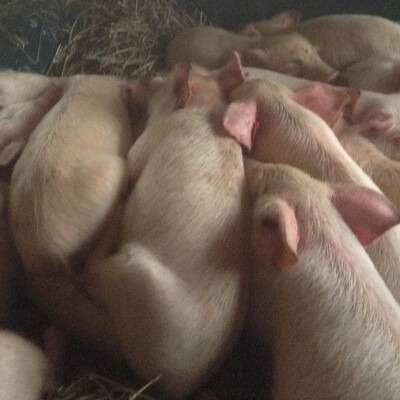
Mapping the risk of livestock anthrax in Kenya helps identify disease hotspots to improve prevention and control
Developing risk maps for endemic livestock diseases is important for effective disease prevention and control, particularly in resource-limited countries.
For endemic and easily diagnosed diseases such as anthrax, a useful approach involves analysis and mapping of historical data to identify disease hotspots and define risk factors of its occurrence.
A new paper published in BMC Infectious Diseases (Feb 2021) presents the results of risk mapping of the 666 livestock anthrax events that occurred in Kenya between 1957 and 2017.
The mapping exercise found that there were about 10 anthrax events in Kenya annually, with the number increasing to as many as 50 events annually by 2005.
Mapping also revealed spatial clustering of the disease events in certain sub-counties; 12% of sub-counties were responsible for over 30% of anthrax events while 36% of sub-counties did not report any incidents of anthrax over the 60-year period under study.
Additionally, there was significantly greater risk of anthrax occurring in agro-alpine high- and medium-potential agro-ecological zones than in the arid and semi-arid regions of the country.
Cattle were over 10 times more likely to be infected by Bacillus anthracis (the bacterium that causes anthrax) than sheep, goats or camels.
There was lower risk of anthrax in August and December, months that follow the long and short rain periods, respectively.
By enabling analysis of the trends and patterns of occurrence of livestock anthrax across different regions over the years, the risk maps will be a useful tool for livestock health officials to identify and characterize Kenya’s anthrax hotspots, leading to better targeting of disease management interventions.
Citation
Nderitu, L.M., Gachohi, J., Otieno, F., Mogoa, E.G., Muturi, M., Mwatondo, A., Osoro, E.M., Ngere, I., Munyua, P.M., Oyas, H., Njagi, O., Lofgren, E., Marsh, T., Widdowson, M.-A., Bett, B. and Njenga, M.K. 2021. Spatial clustering of livestock anthrax events associated with agro-ecological zones in Kenya, 1957-2017. BMC Infectious Diseases 21(1): 191.
Photo credit: Cattle and wildlife at the ILRI Kapiti Research Station (ILRI/Paul Karaimu)






